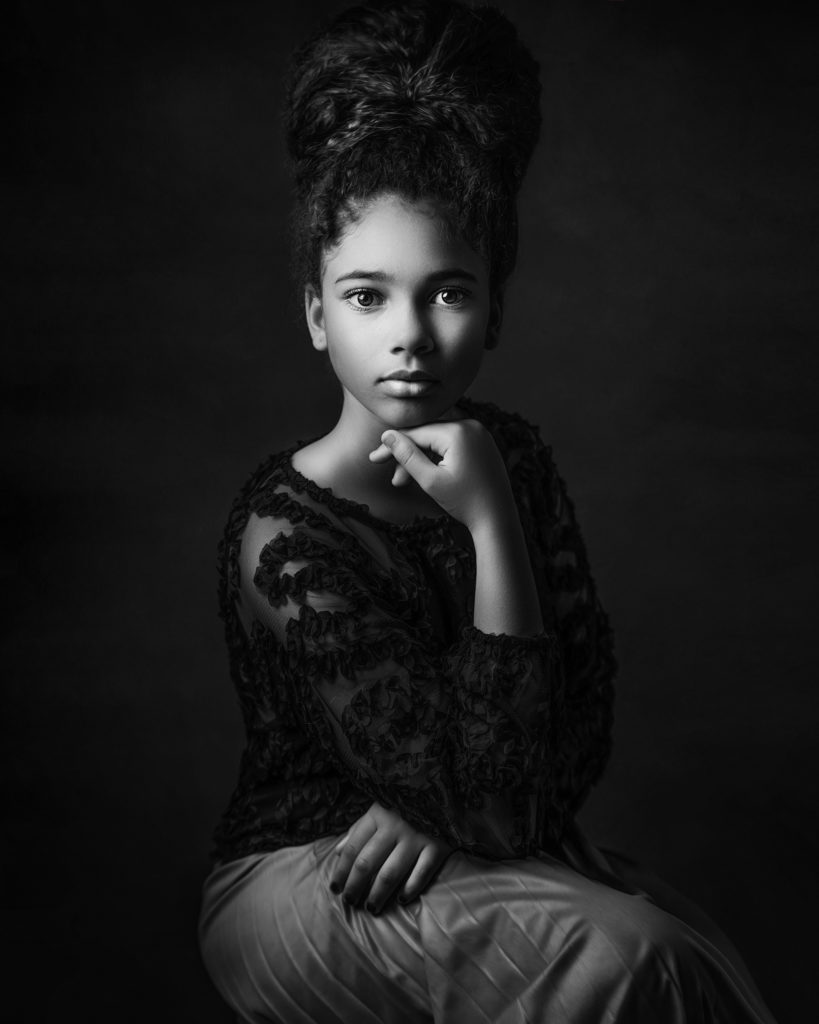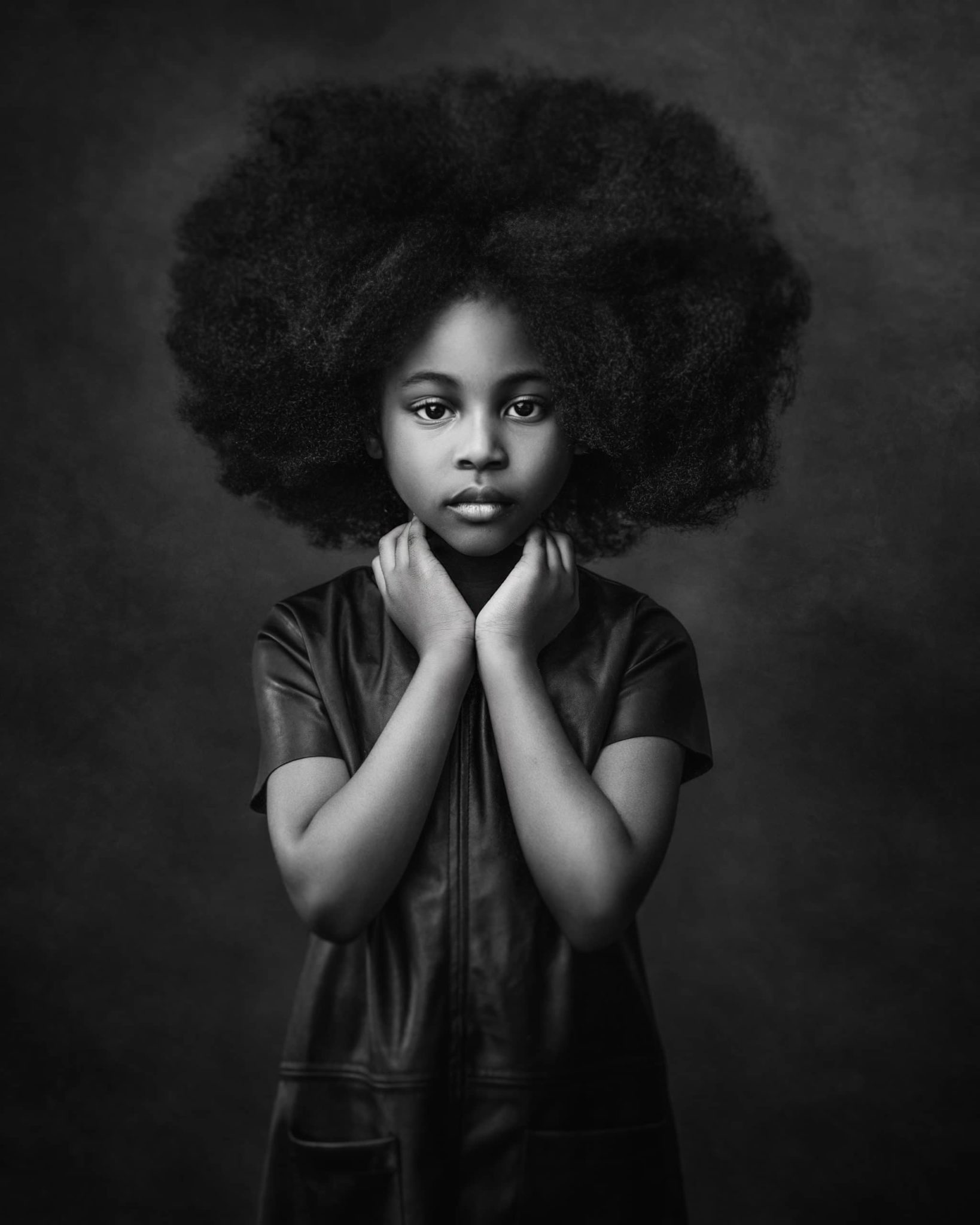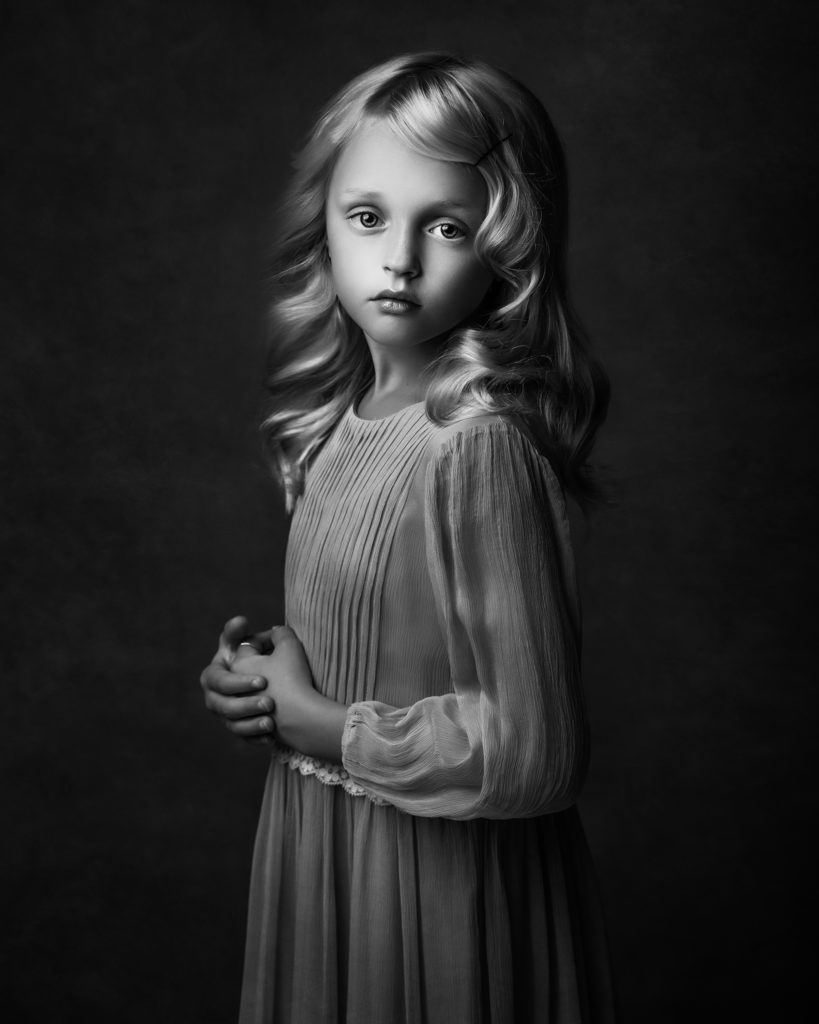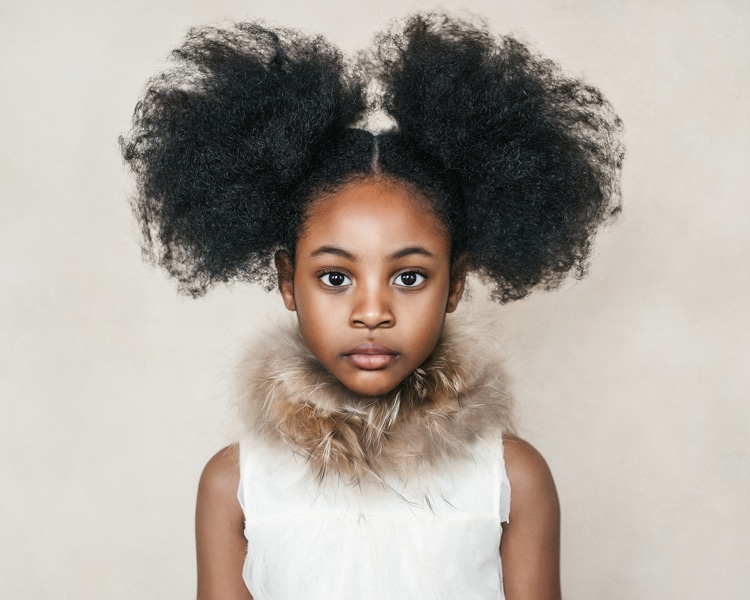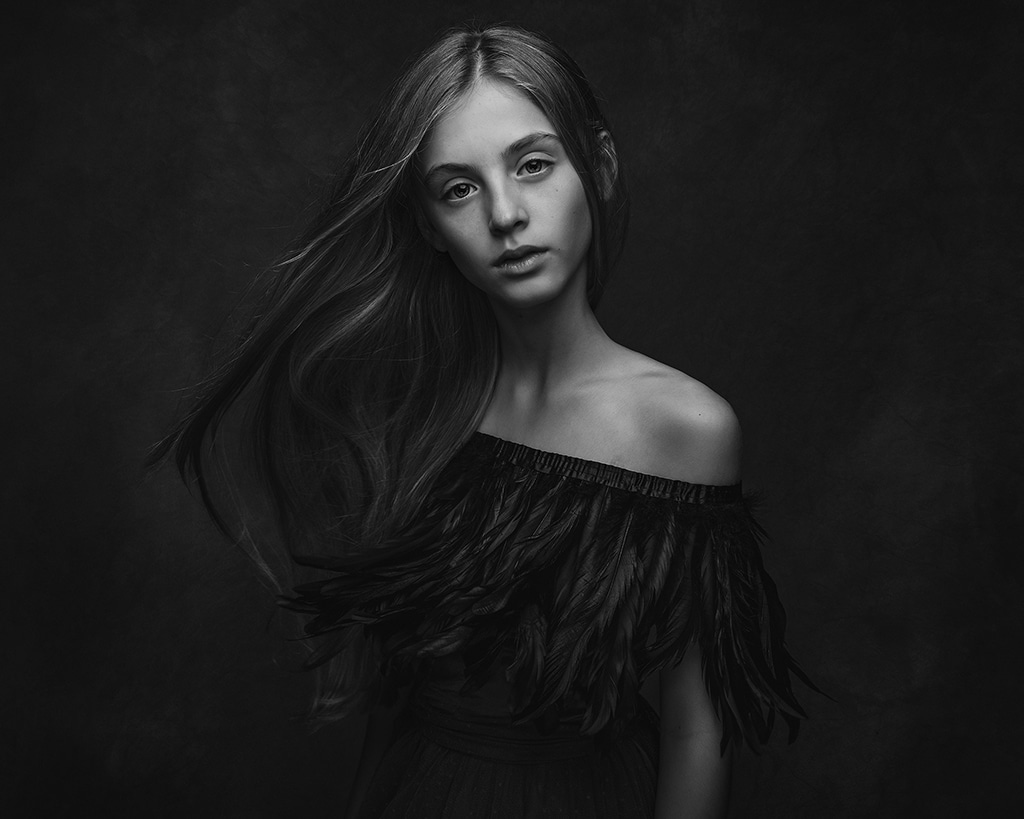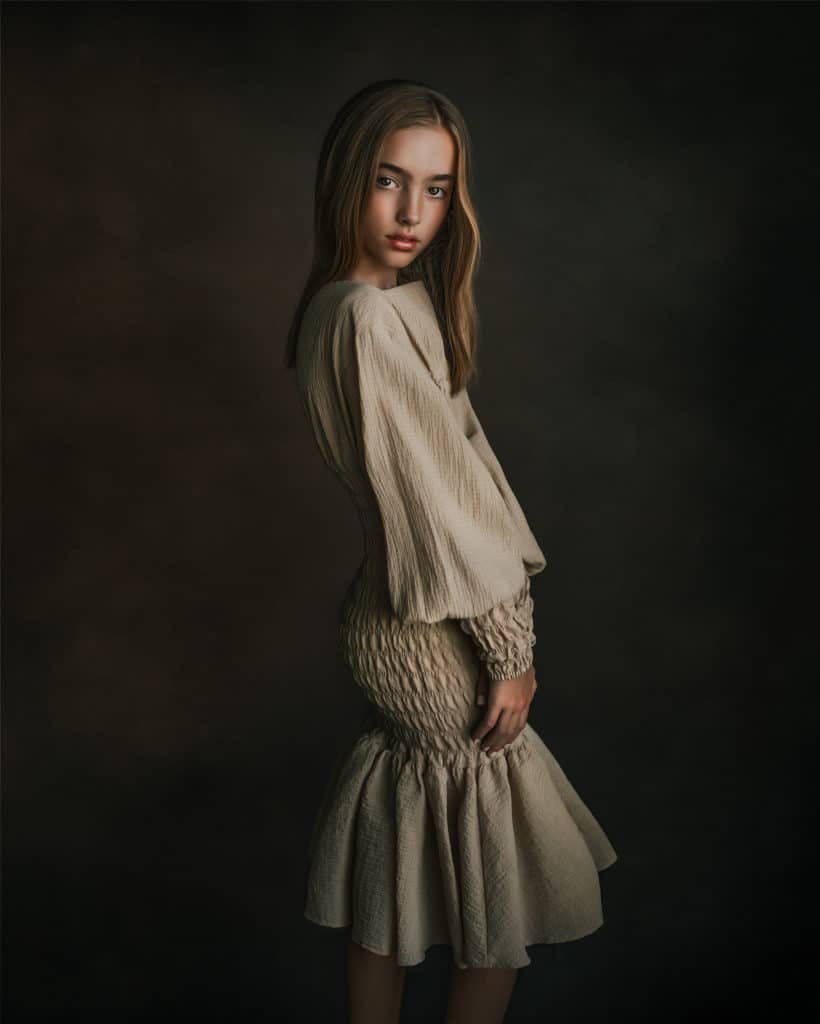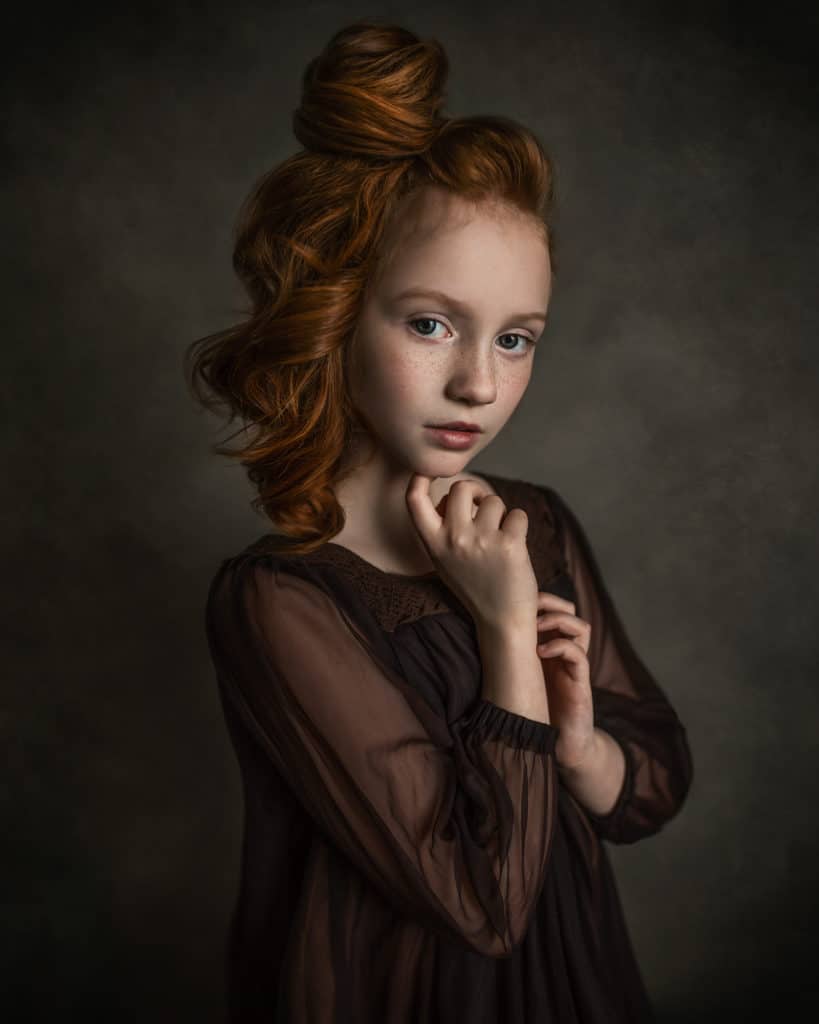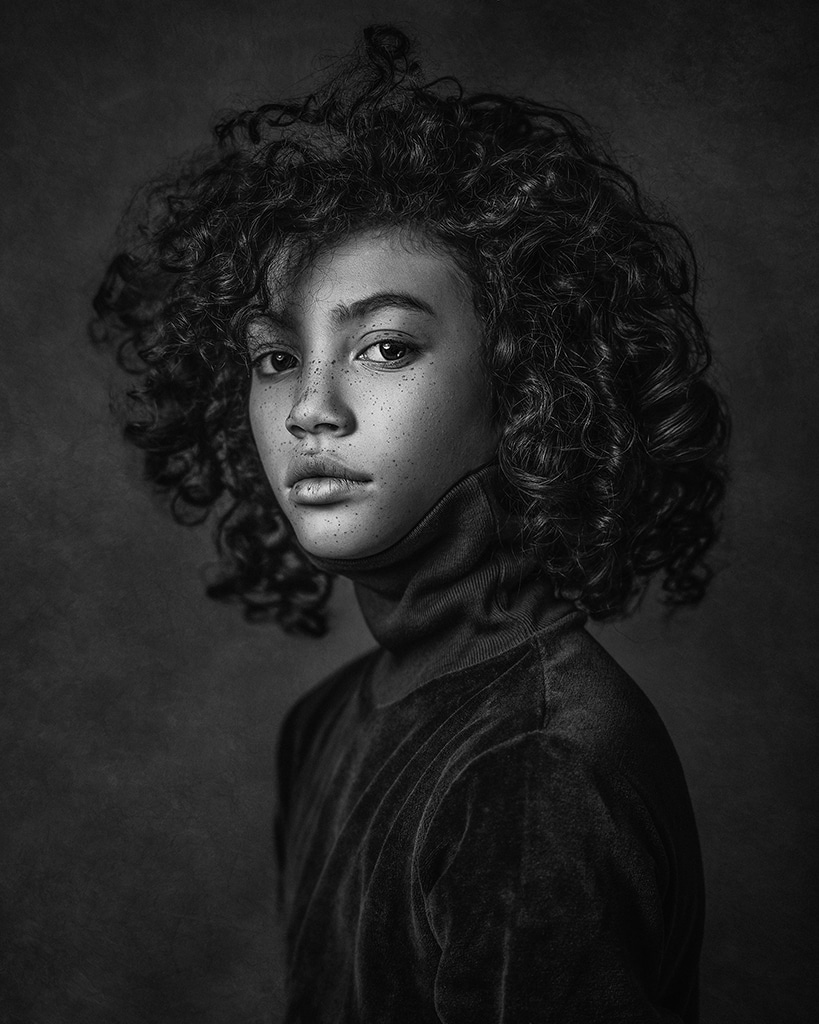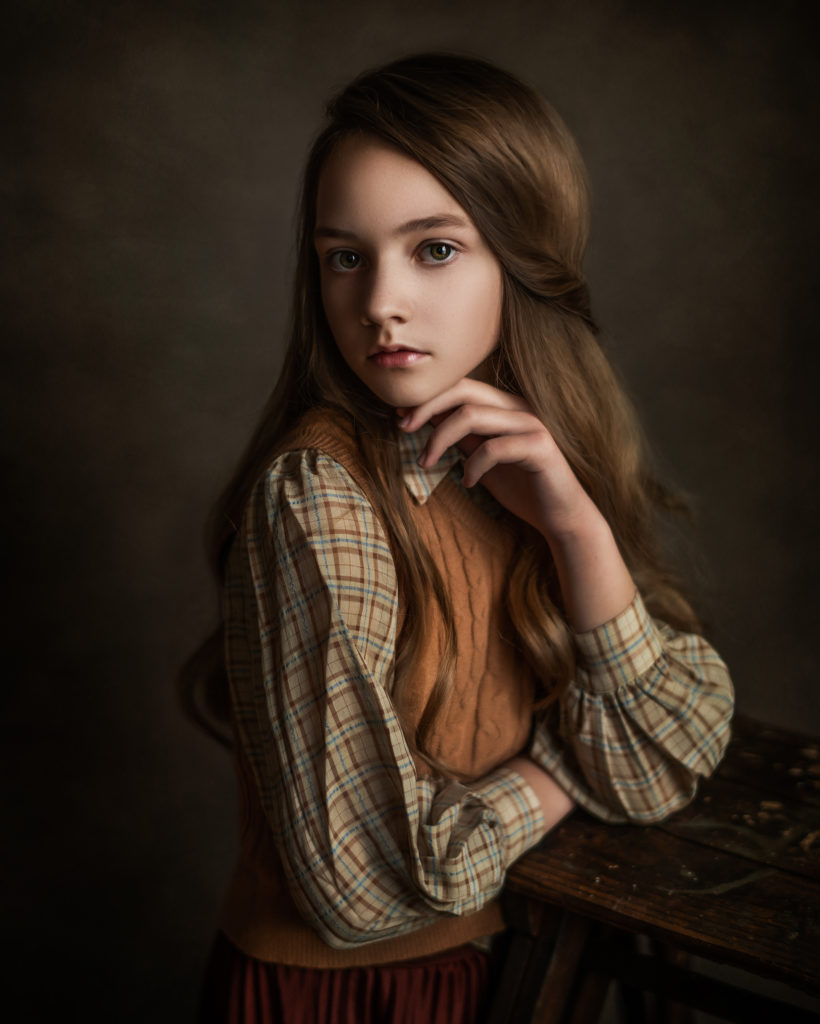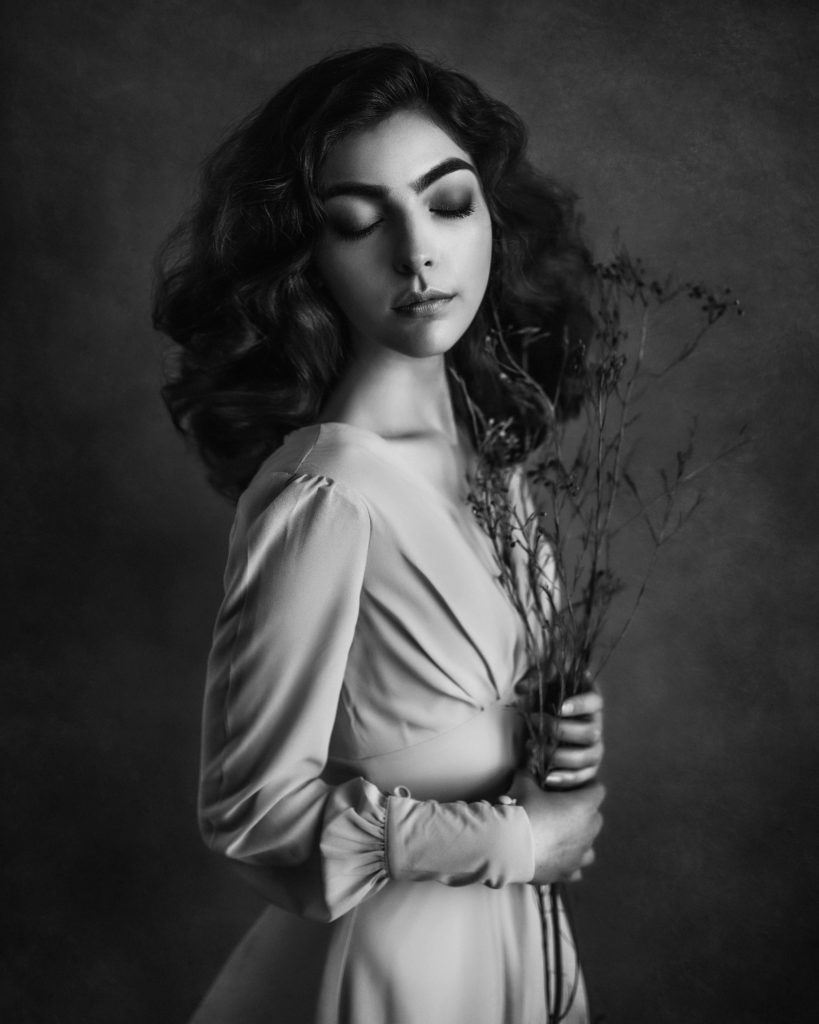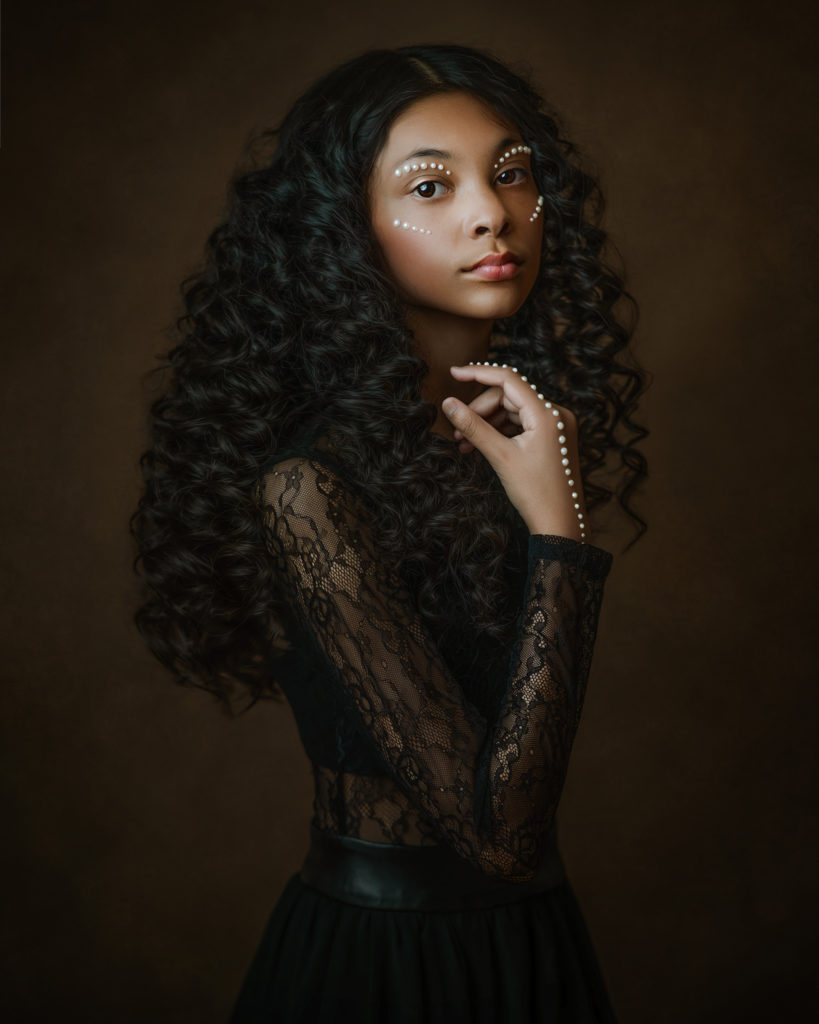Copyright @ 2021 Paulina Duczman Photography
All rights reserved | Privacy Policy | Contact Us
Kettering, Northamptonshire based studio – NN16 0BL – conveniently located between Corby, Market Harborough, Northampton, Leicester, Stamford, Peterborough, Bedford, Milton Keynes, Coventry and Birmingham.
All rights reserved | Privacy Policy | Contact Us
Kettering, Northamptonshire based studio – NN16 0BL – conveniently located between Corby, Market Harborough, Northampton, Leicester, Stamford, Peterborough, Bedford, Milton Keynes, Coventry and Birmingham.
